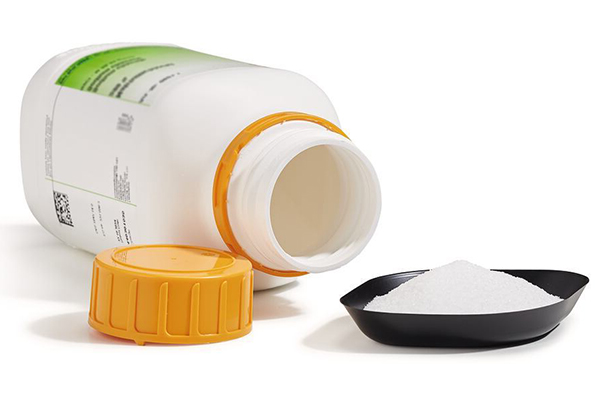Demystifying Triammonium Citrate: Where Does This Food Additive Lurk?
Ever scanned a food label and stumbled upon “triammonium citrate“? You’re not alone. This curious ingredient often sparks questions – what is it, and where does it hide in our everyday eats?
Unveiling the Tricky Trio: What is Triammonium Citrate?
Don’t let the long name intimidate you! Triammonium citrate is simply a combination of citric acid (think zesty lemons) and ammonia (remember the cleaning aisle?). This union creates a salt with various uses, including:
- Acidity regulator: It helps adjust the acidity of food, like enhancing tartness in jams or balancing flavors in baked goods.
- Emulsifier: It keeps ingredients like oil and water from separating, ensuring smooth textures in spreads and dressings.
- Acidulant: It provides a subtle sourness, similar to vinegar or lemon juice, without the overpowering punch.
Food Detectives on the Case: Where to Find Triammonium Citrate
So, where does this versatile ingredient hide in our pantries and refrigerators? Here are some common suspects:
- Bakery delights: Think bread, cakes, and pastries. It helps tenderize crumb, enhance flavor, and even prevent discoloration.
- Sweet and savory spreads: Jams, jellies, sauces, and dips often use it to balance sweetness, adjust acidity, and create smooth textures.
- Frozen treats: Ice cream, frozen yogurt, and even popsicles might contain it for texture and acidity control.
- Canned and packaged goods: Canned fruits, soups, and pre-made meals sometimes utilize it for flavor enhancement and preservation.
- Processed meats: Sausages, ham, and even bacon might contain it as an acidity regulator or flavoring agent.
Friend or Foe? Navigating the Safety of Triammonium Citrate
While generally considered safe for consumption by regulatory bodies, there are some important points to consider:
- Moderation is key: Like any additive, excessive consumption can be unnecessary. Opt for fresh, whole foods whenever possible.
- Sensitivity concerns: Some individuals may have sensitivities to ammonia or specific food additives. Consult a healthcare professional if you experience any adverse reactions.
- Always check labels: Be mindful of hidden sources of triammonium citrate, especially if you have dietary restrictions or sensitivities.
Remember: Food labels are your allies. Reading them empowers you to make informed choices about what you put on your plate.
Beyond the Label: Exploring Alternatives and Making Choices
If you’re seeking substitutes or ways to minimize your intake of triammonium citrate, here are some options:
- Fresh alternatives: Prioritize fresh fruits, vegetables, and homemade dishes whenever possible.
- Natural acidifiers: Explore using lemon juice, vinegar, or other natural ingredients to adjust acidity.
- Seek transparency: Look for brands that prioritize clean labels and minimal use of additives.
Ultimately, the decision of whether or not to consume triammonium citrate is yours. By understanding its uses, safety considerations, and alternatives, you can navigate the food world with confidence and make choices that align with your preferences and needs.
FAQ:
Q: Is triammonium citrate vegan?
A: The answer depends on the manufacturing process. While the citric acid portion is naturally vegan, some processes for producing ammonia might not be. If veganism is important to you, check with the manufacturer for clarification.
Post time: Feb-17-2024











